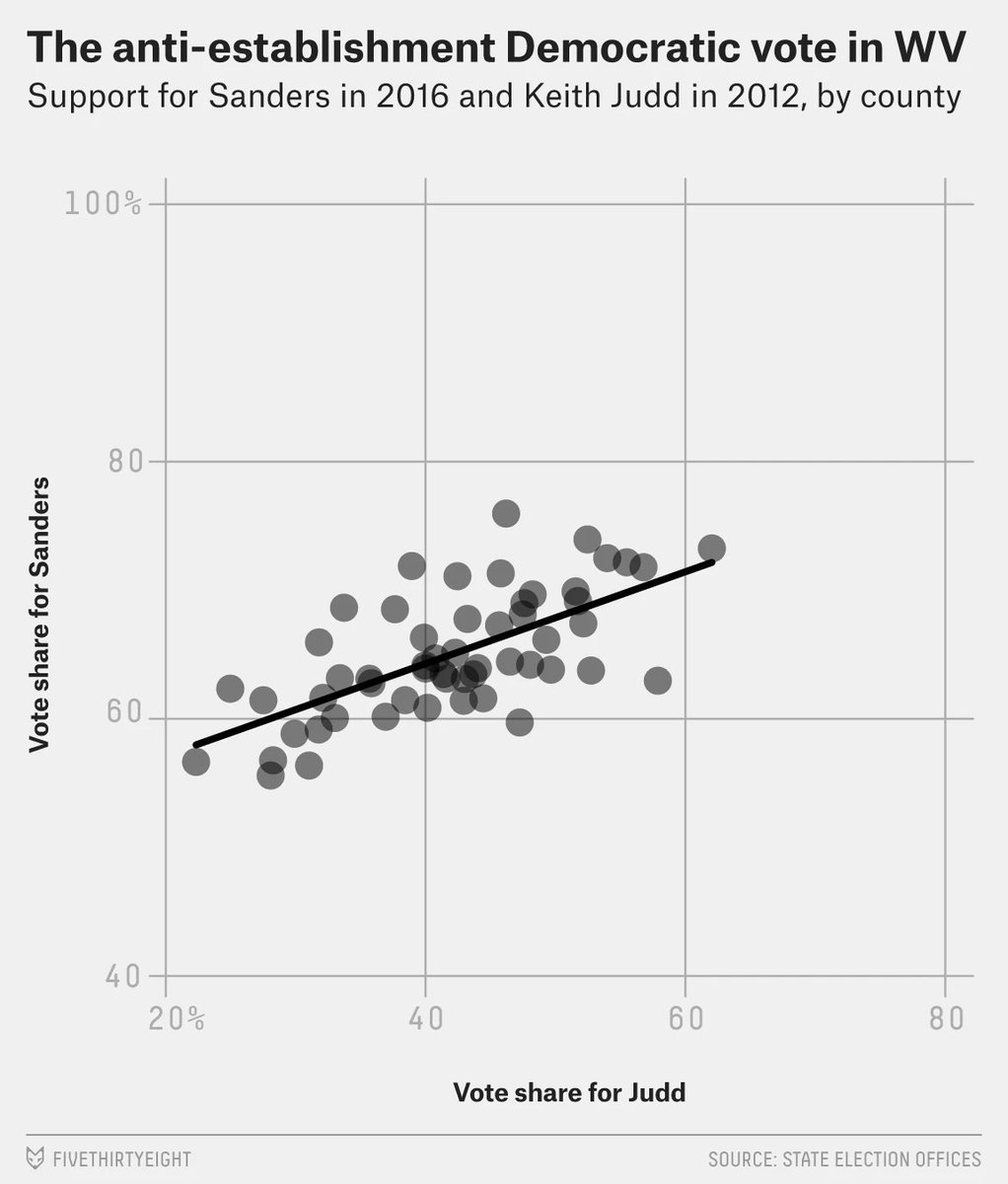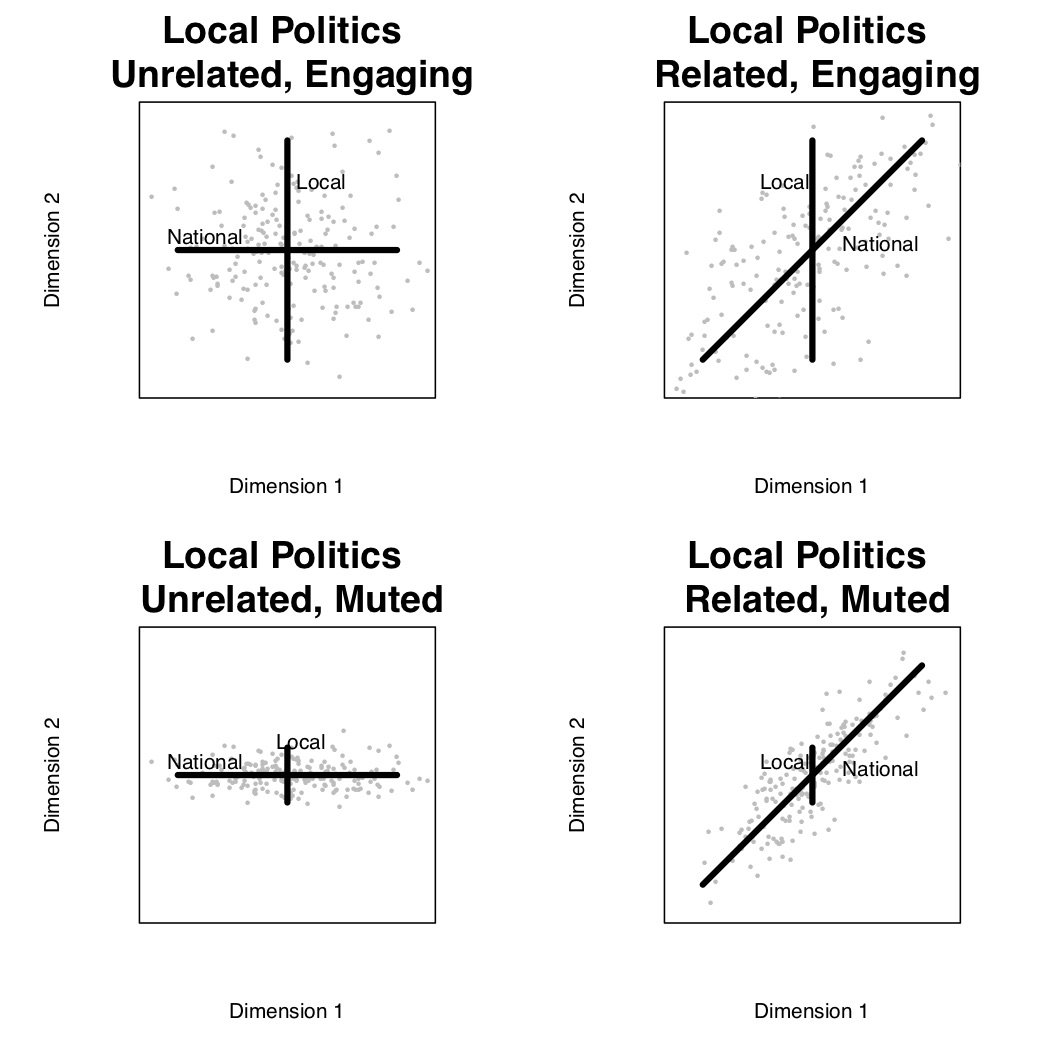
[THREAD]
I've been fortunate to be able to track the political attitudes of a set of American adults recruited by Knowledge Networks using off-line methods before 2008. I've repeatedly surveyed these folks, most recently via Ipsos 10/7-10/22/20. n=1,131. Some initial results.
I've been fortunate to be able to track the political attitudes of a set of American adults recruited by Knowledge Networks using off-line methods before 2008. I've repeatedly surveyed these folks, most recently via Ipsos 10/7-10/22/20. n=1,131. Some initial results.
(By the way, if you are curious for some previous work using this panel, check out these @FiveThirtyEight articles:)
fivethirtyeight.com/features/most-…
fivethirtyeight.com/features/voter…
fivethirtyeight.com/features/why-t…
fivethirtyeight.com/features/most-…
fivethirtyeight.com/features/voter…
fivethirtyeight.com/features/why-t…
This is *not* a representative sample of the current electorate. Since this is a long-running panel, the youngest respondents are now 30. And it has been subject to attrition. Here I report unweighted results.
But still potentially instructive to see where people were in the past vs. this month. Here, for instance, are post-election 2016 (rows; -1=Clinton, 0=neither, 1=Trump) vs. this month's wave (columns).
39.7% of people always with Dems; 33.9% always with GOP.
39.7% of people always with Dems; 33.9% always with GOP.

9.4% were with neither in '16; now with Biden.
5.4% were with neither in '16, now with Trump.
3.0% were with Trump '16, now Biden.
1.0% were with Clinton '16, now Biden.
Biden has 52% of a group where Clinton '16 had 42%.
Trump has 40% of a group where he had 38%.
5.4% were with neither in '16, now with Trump.
3.0% were with Trump '16, now Biden.
1.0% were with Clinton '16, now Biden.
Biden has 52% of a group where Clinton '16 had 42%.
Trump has 40% of a group where he had 38%.
Simply put, a lot of the 2016-2020 movement is among those who didn't back either candidate in 2016, and they are breaking for Biden.
Do I worry about differential response rates? Yes.
Here, I add "9" for responses I didn't observe in 10/20, report raw counts.
Even though post-election '16 wave had slightly more Clinton (40.3%) than Trump (39.1%) backers, 20 more '16 Trump backers not present in latest wave.
Here, I add "9" for responses I didn't observe in 10/20, report raw counts.
Even though post-election '16 wave had slightly more Clinton (40.3%) than Trump (39.1%) backers, 20 more '16 Trump backers not present in latest wave.

(Hope to add to this thread later.)
* 1.0% were with Clinton '16, now Trump. Apologies.
• • •
Missing some Tweet in this thread? You can try to
force a refresh









